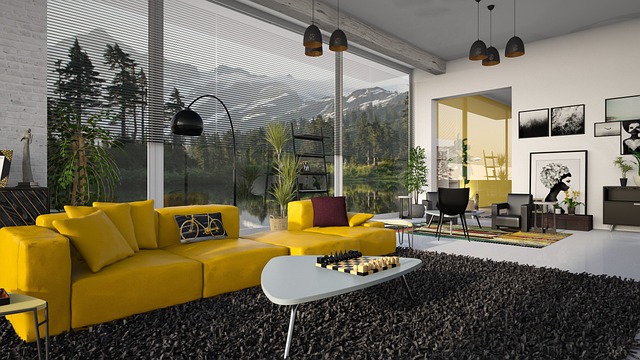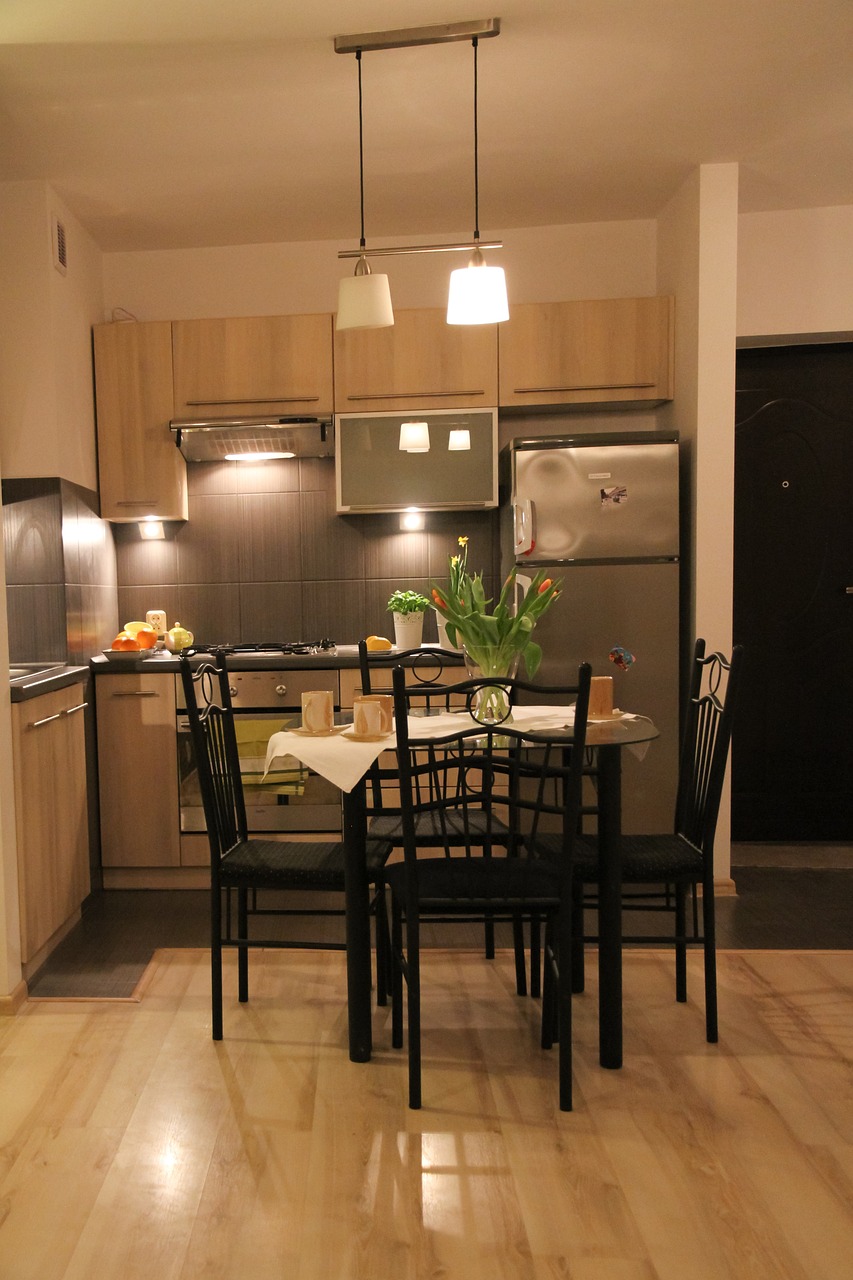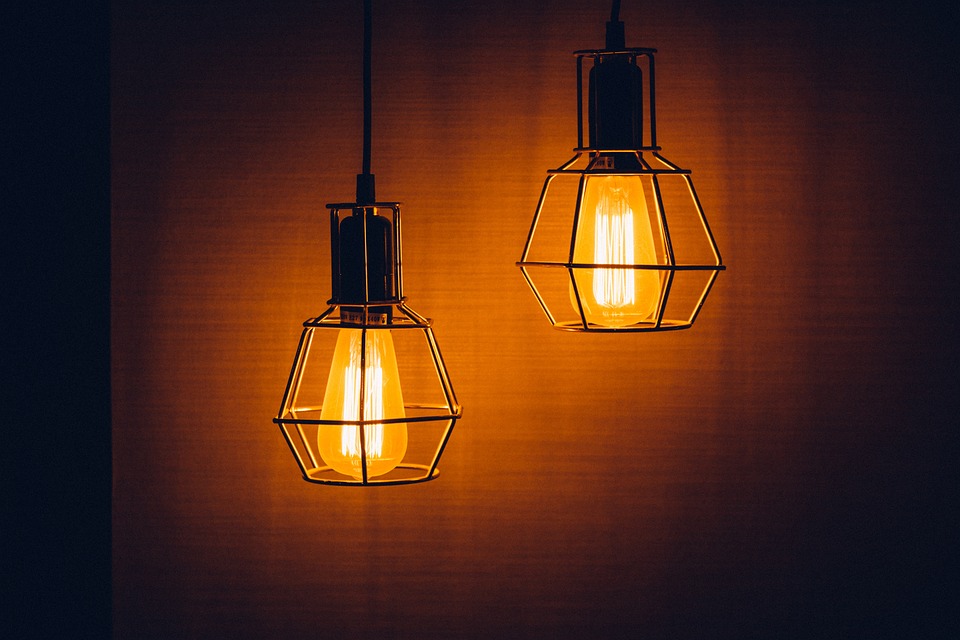After selecting the type of lighting for your home, it is important to create a plan to combine all the different elements to achieve the desired effect. Consideration should be given to the size and shape of each room, as well as its purpose.
For example, task lighting can highlight areas such as kitchen countertops or desks while creating an inviting atmosphere with ambient lighting. If possible, incorporate natural light sources like windows and skylights into your design. Additionally, identify any dark corners in each space and ensure they are lit properly. Lastly, consider how you want the lights to interact with other design elements, such as mirrors and wall art.
Layout
When creating a residential lighting design, it is important to start with the overall layout of each room. This includes deciding where lights should be placed and how they will interact with other elements such as walls, furniture, and decor. Additionally, take into account the size and shape of each area, as well as its purpose, when determining the best placement for your lighting fixtures.
Task Lighting
Task lighting is designed to be used in areas that require more concentrated light for specific tasks such as reading or cooking. It can also highlight certain features in a room, such as artwork or architectural details. Consider placing task lighting near desks, workstations, or kitchen countertops and using dimmers to adjust the brightness.
Ambient Lighting
Ambient lighting is designed to create an inviting atmosphere in a room by providing a general illumination level. Many different types of ambient lighting fixtures, such as chandeliers, wall sconces, and ceiling fans, can be used to achieve the desired effect.
Natural Light Sources
Wherever possible, incorporate natural light sources into your residential lighting design. This can be done through windows, skylights, or even solar tubes and can provide both task and ambient lighting depending on the space’s requirements. Natural light also has the added benefit of being energy-efficient and cost-saving.
Dark Corners
A common issue with many residential lighting designs is dark corners, which can dull and uninvite a space. To address this issue, consider adding floor lamps or wall lights in the darkest corners of each room to provide more illumination.
Interaction with Other Design Elements
When creating your residential lighting design, it’s important to remember how your fixtures will interact with other elements, such as mirrors and wall art. For example, if you have a large mirror in a hallway, you may want to add recessed lighting behind it to create an even glow throughout the space. Additionally, consider using track lighting to highlight the pieces if you have artwork on the walls.
Conclusion
Creating a residential lighting design is not as difficult as it may seem. By considering the size and shape of each room, its purpose, task lighting requirements, ambient lighting needs, natural light sources, dark corners, and how your fixtures will interact with other design elements, you can create a beautiful and functional residential lighting design.






